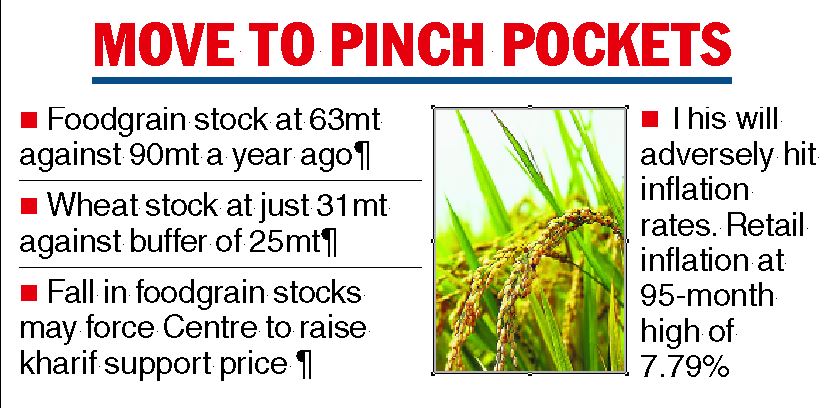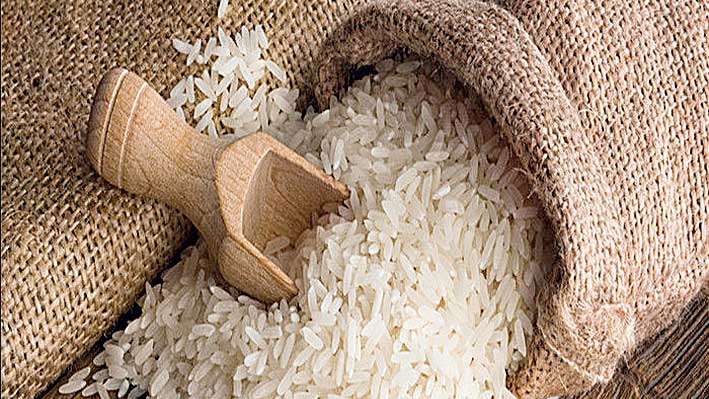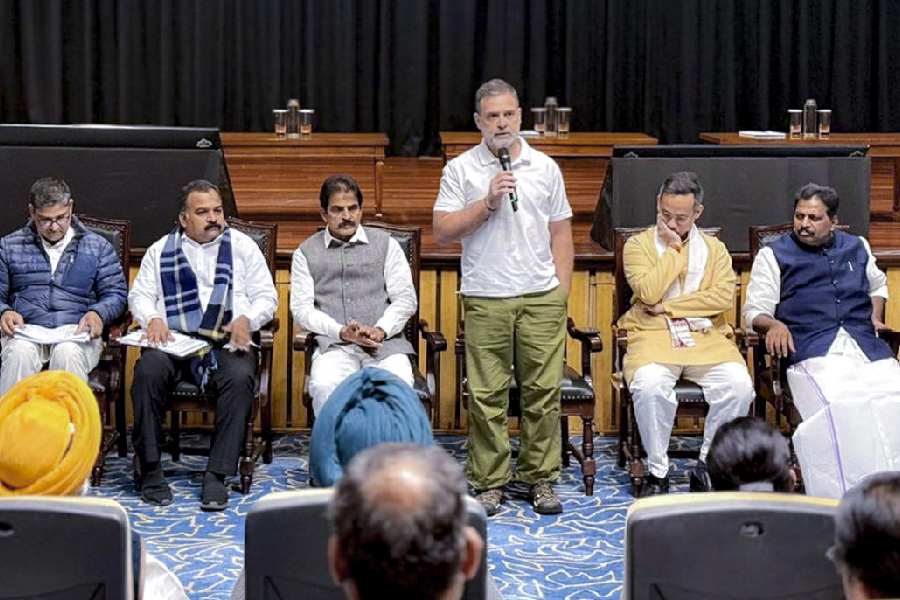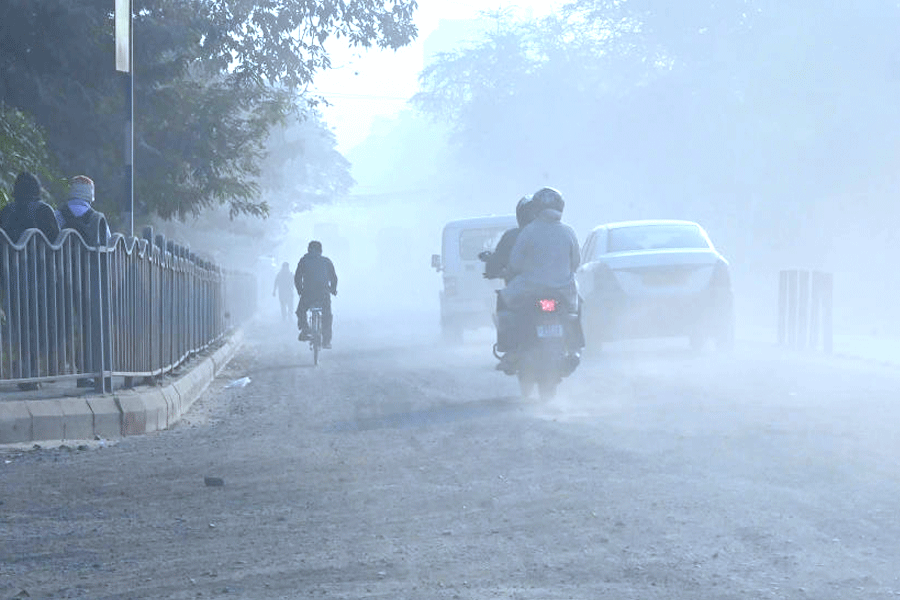The Centre is likely to announce a higher minimum support price for kharif crops later this month to cushion the impact of falling stocks and rising input costs — but this will jack up inflation which is perched above the Reserve Bank's comfort level.
Food grain stocks at the beginning of this month stood at 63.47 million tonnes (mt) against 90.21mt a year ago.
Wheat stocks were at 30.94mt against the minimum requirement of 24.58mt. The precarious situation in wheat was a result of lower harvest because of the intense heat wave and a spike in global prices caused by the war in Ukraine.

The Commission for Agricultural Costs and Prices (CACP) recommends MSPs to the government on the basis of a formula which includes costs directly incurred by farmers on seed, fertiliser, pesticide, fuel, irrigation, labour and land lease. Given a substantial increase in input costs, the government may announce a higher-than-normal MSP for grains.
In 2021-22, the government had raised the minimum support prices (MSPs) of over a dozen kharif crops by just 1-7 per cent. Sources said the hike this time around could be more substantial.
Besides, the rabi crops are trading much higher than the minimum support price, which may force the Centre to raise MSP for the kharif season and procure more rice to compensate for lower wheat procurement.
Food and agriculture expert Devinder Sharma said higher MSP is required to ensure procurement is sufficient to meet the demands of the government’s welfare schemes. The grain stock had declined primarily because wheat demand under the PMGKAY (Pradhan Mantri Gareeb Kalyan Yojna) scheme went up in the last fiscal.
While elevated MSP, backed by procurement, can potentially boost rural income and purchasing power, it can also stoke inflationary pressure. Retail inflation hit a 95-month high of 7.79 per cent in April, way above the RBI's threshold of 6 pern cent. Price pressure on food items scaled a 17-month high of 8.38 per cent. Primary food article inflation, at the wholesale level, rose to 4.1 per cent in the last fiscal from 3.2 per cent a year ago.
“Higher MSPs may be warranted given the rise in various input costs,” Icra chief economist Aditi Nayar said.
D.K. Pant, chief economist at India Ratings, said “a higher increase in input prices will push up the cost of production, which is likely to be reflective of higher MSP. A sharp increase in the MSP for paddy will have an adverse impact both on the fiscal side (subsidy) and inflation.”
Meanwhile, the Food Corporation of India and other government agencies have bought just 18.7mt of wheat in the 2022-23 marketing season, down 54.4 per cent.
The procurement was lower in major wheat producing states, as high export prices led to an increase in private procurement. Wheat exports rose to 2.08mt in 2020-21 from 0.21mt in 2019-20, largely due to higher despatches to Bangladesh, with 1.15mt exported during the year.
Export of wheat further increased to 7mt in 2021-22, with 50 per cent to Bangladesh.










